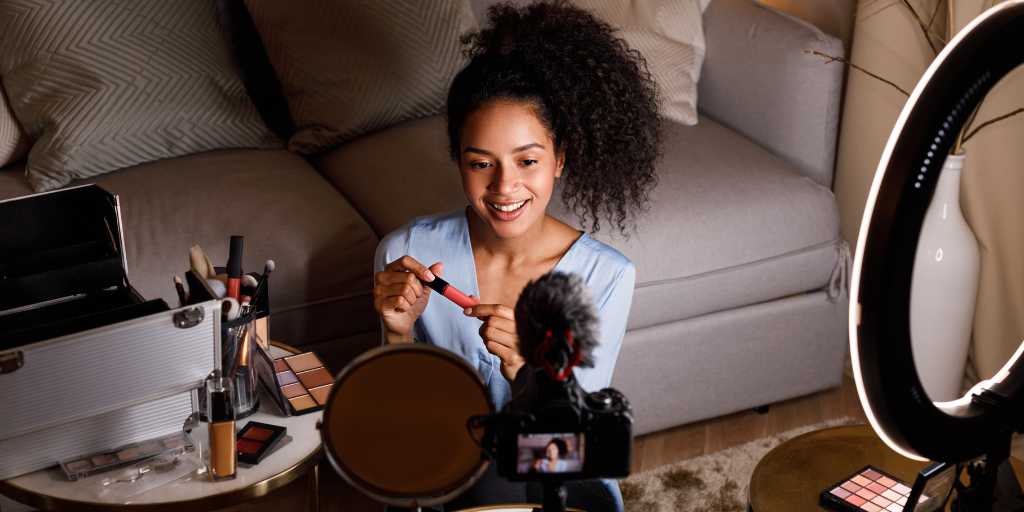
Sponsored content is the new frontier in marketing. But research shows that kids aren’t very good at spotting it — and equally iffy in resisting the pull to buy what’s being sold to them. With a little guidance, though, kids can become skilled at spotting and thinking critically about these sneaky ads.
Advertisers have plenty of ways to reach consumers. Your child may see their favorite internet celebrity pitching a product or giveaway, or they may see their go-to YouTuber throw in a blurb about a product on their channel.
Here are the most common types of sponsored content your child is likely to encounter:
On social media, these contests can involve behaviors like tagging friends in the comments of a post and following certain accounts. Teach your kids that these giveaways aren’t pure generosity. The goal is to turn them into customers.
If your kid asks for a ride to an in-store event they saw on social media, it’s likely an event activation — another term for on-site activities that promote a brand.
Influencers sometimes “take over” a brand’s social media feed for the day. The goal is to use the influencer’s reach to draw in a new audience and capitalize on the trust of their followers.
Sponsored social posts can be sneaky because they often use content made by influencers and are targeted toward the influencer’s existing followers. The style of the posts is frequently indistinguishable from other content by the influencer.
This is where influencers film themselves opening products that brands send them. Unboxing videos are extremely popular and many kids (and adults) seek them out to watch. These posts capitalize on mimetic desire — the theory that people make many of their choices according to the desires of others — and can be particularly effective at generating interest in a brand or product.
Brand ambassadors are influencers who represent a brand. They’re typically compensated through affiliate links and promo codes. When followers use the link or code to purchase a product, the ambassador gets a cut of the sale.
It’s a good idea to take an active role in what your child consumes online. That may mean periodically sitting down with your kids to view what they’re consuming, using a monitoring app like BrightCanary, or a mix of both. Regular check-ins present an excellent opportunity to teach them about sponsored content.
Here are some conversation tips:
Kids younger than 12 have a harder time spotting persuasive intent on their own. Pointing out sponsored content and talking about the techniques being used helps your child develop the skills to spot it on their own as they get older.
Even when they’re better able to spot a sales pitch, that pesky undeveloped prefrontal cortex can still impact their ability to make wise choices — so keep the conversation going with older kids, too.
Rather than telling your kids how to think about sponsored content, it can be more effective to lead by example and express how you feel about what you’re viewing together.
Here are some conversation starters:
The FTC requires that sponsored content be disclosed, but brands and influencers often skirt the line, meaning kids need to be eagle-eyed to spot them.
Here are some things to watch for:
Sponsored posts are a common tactic of marketers, but these ads can be tricky to spot. It’s important to teach your child how to become a critical consumer of sponsored content so they can make informed purchasing decisions.